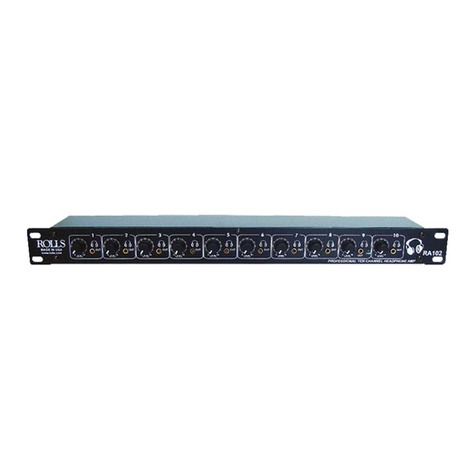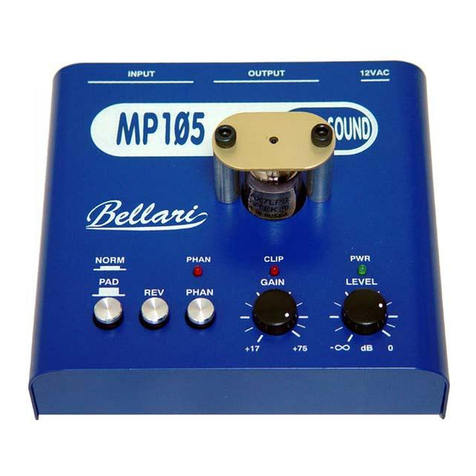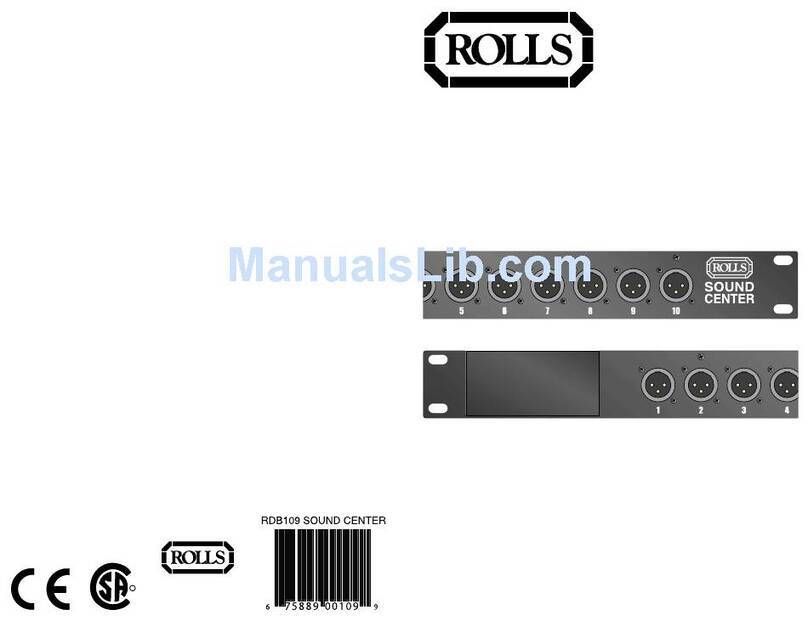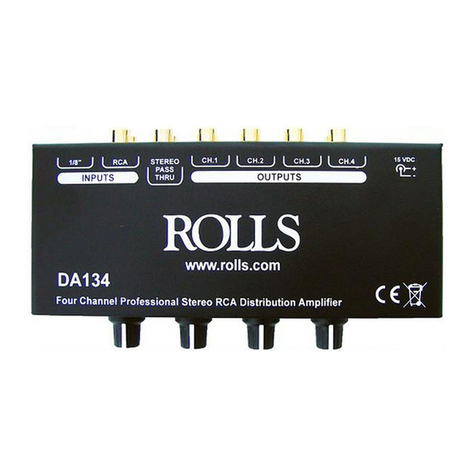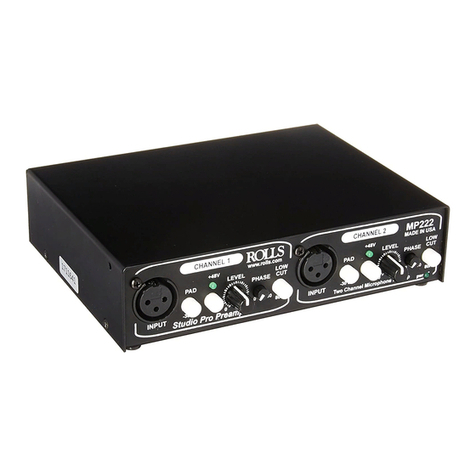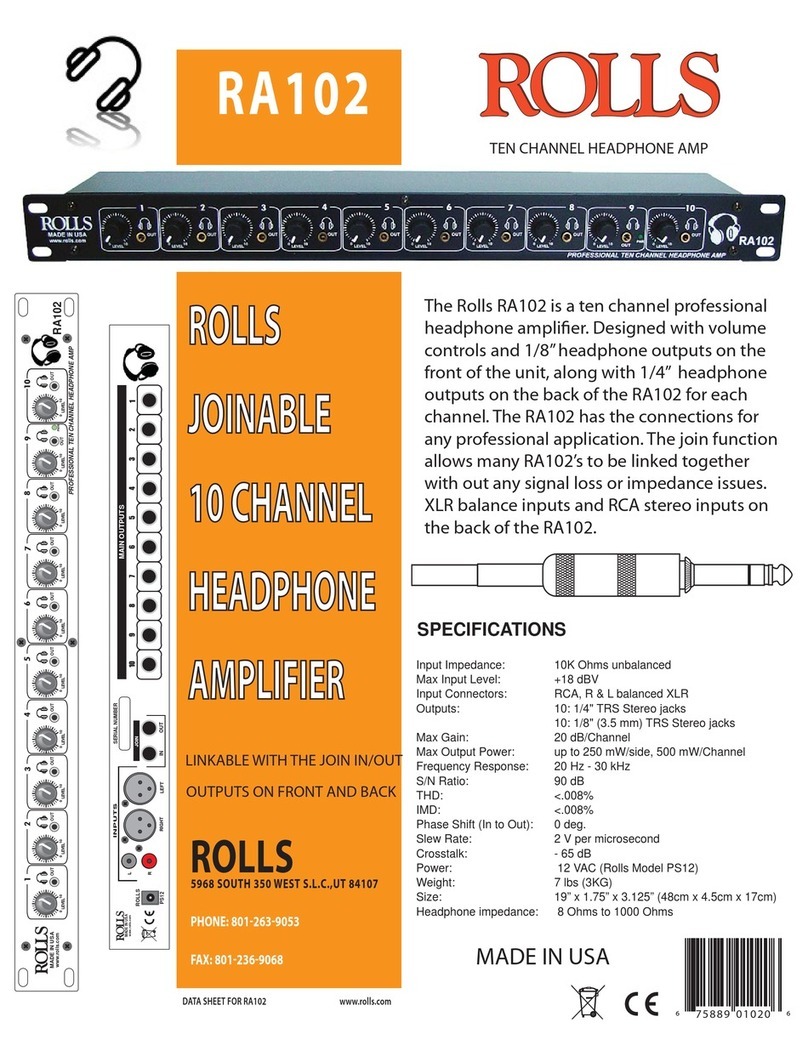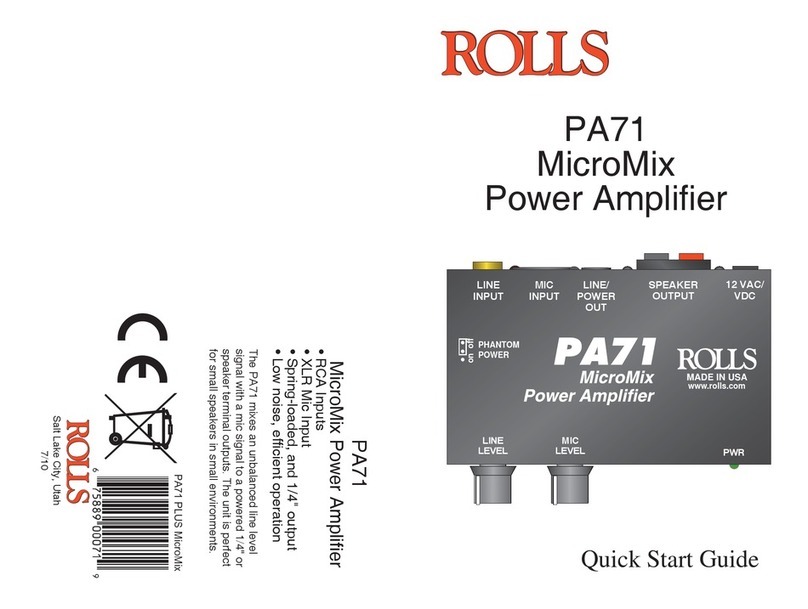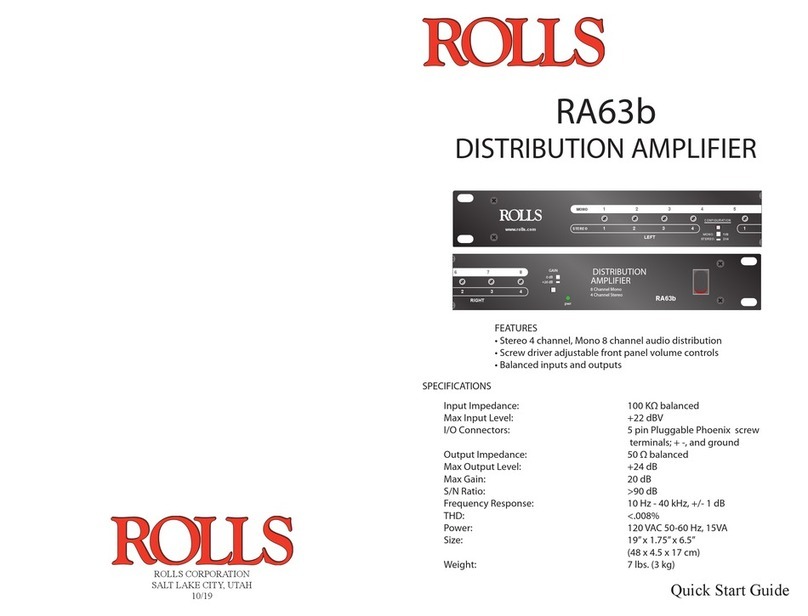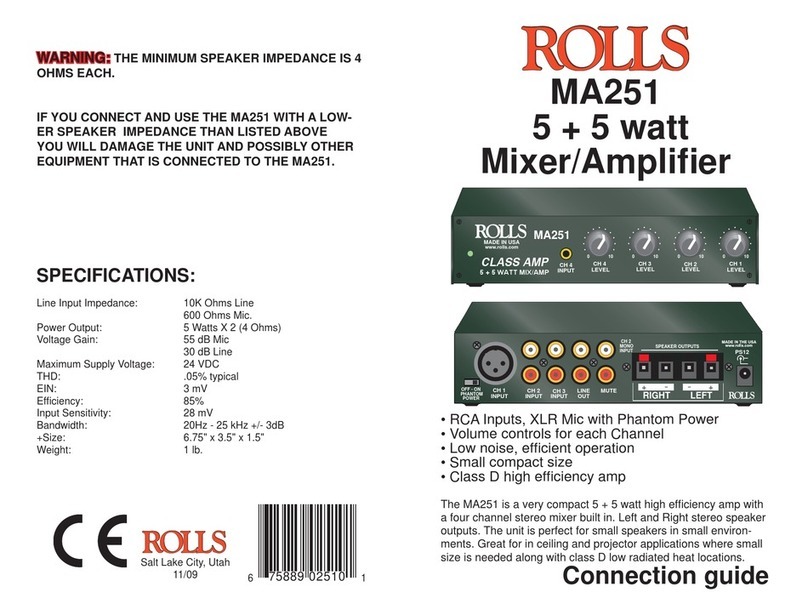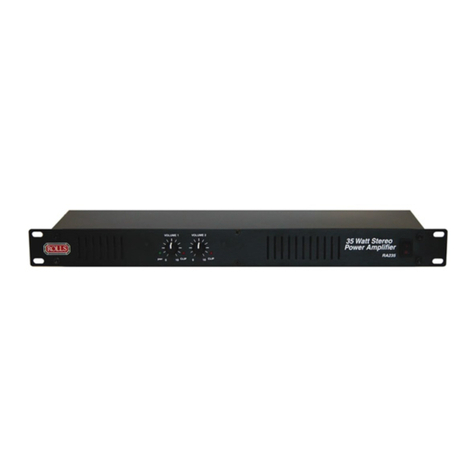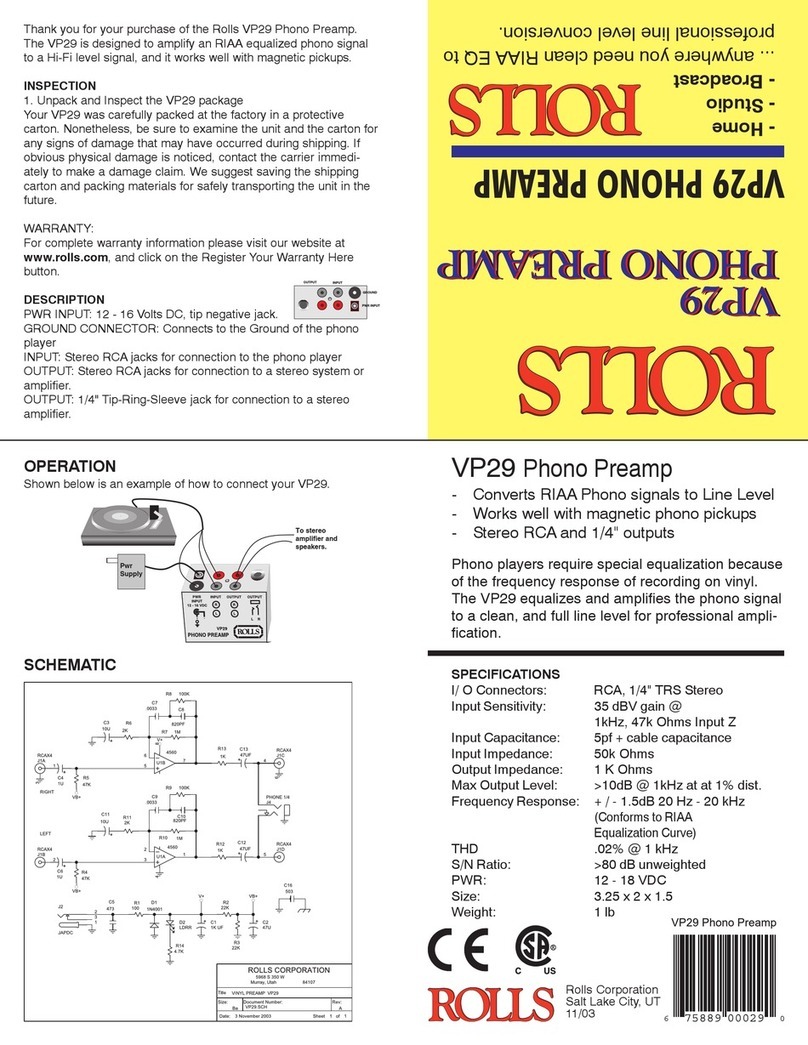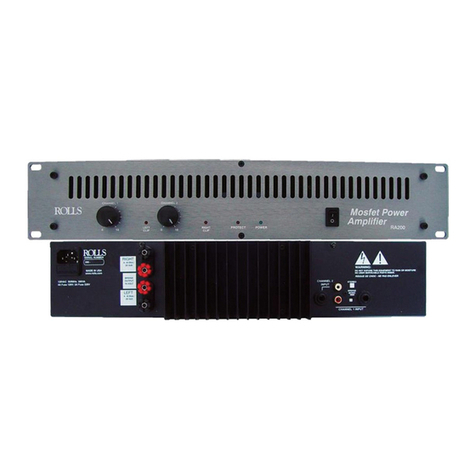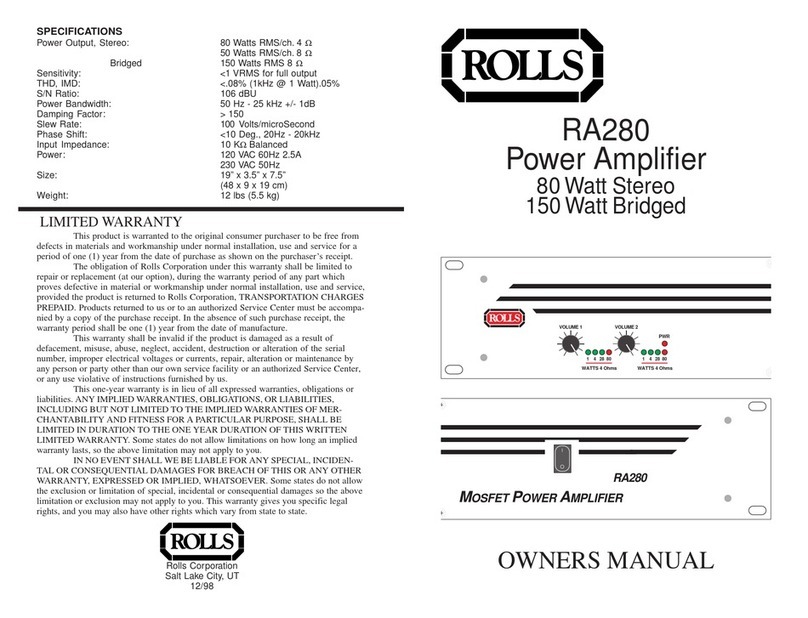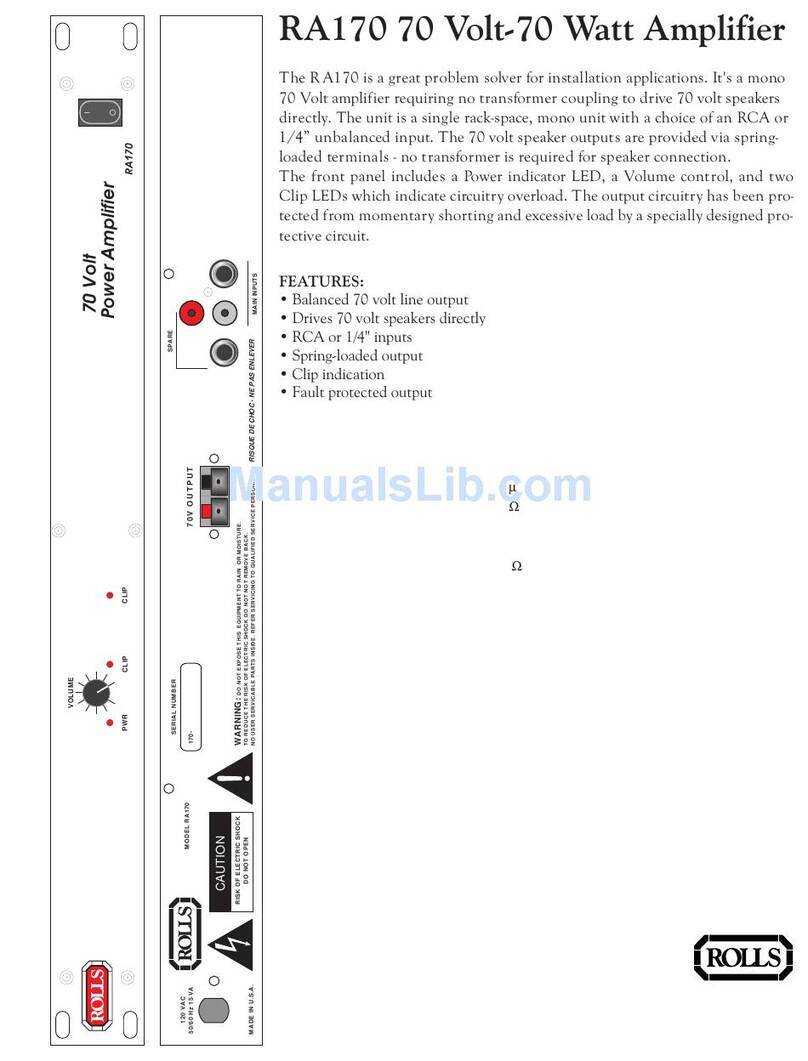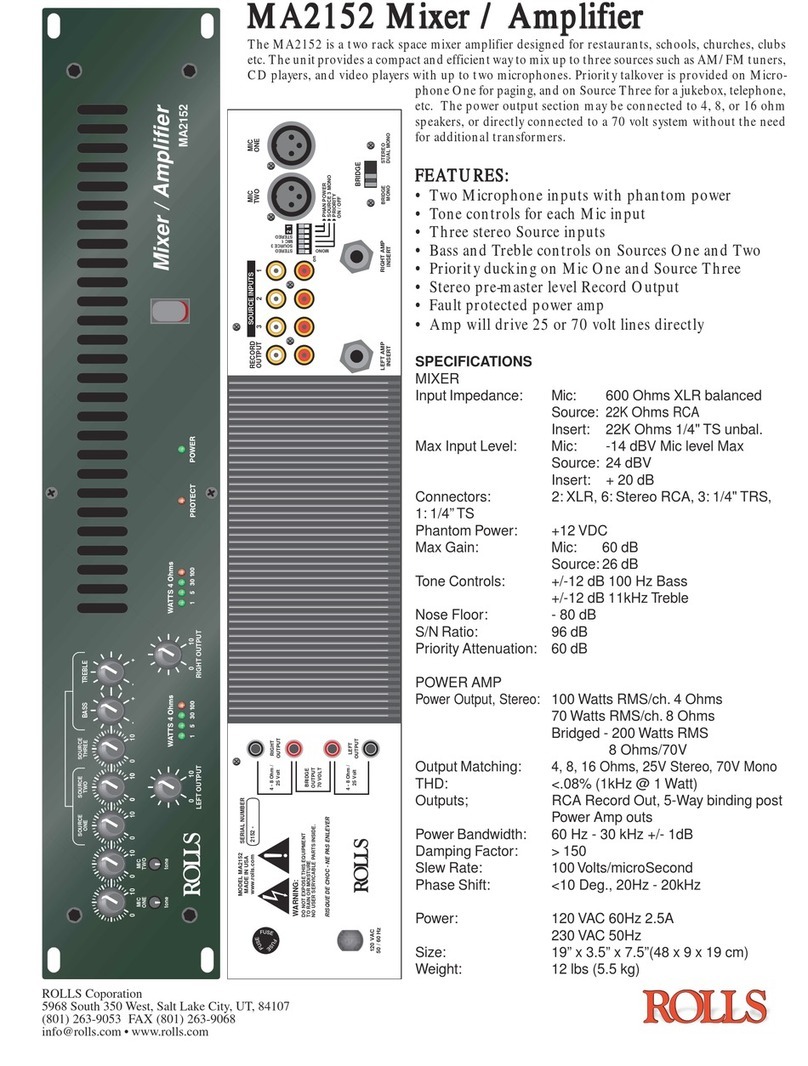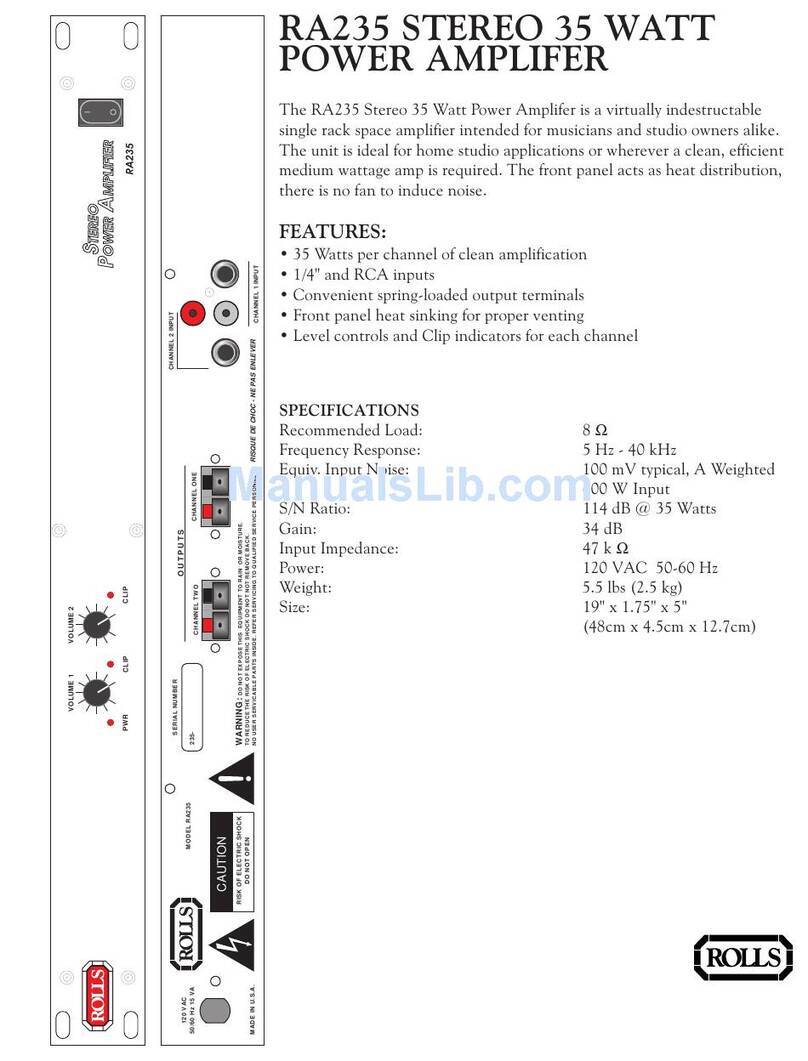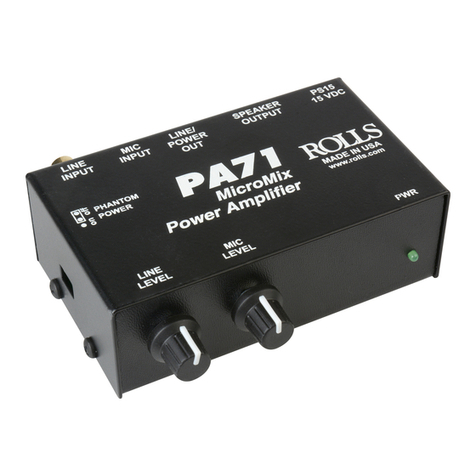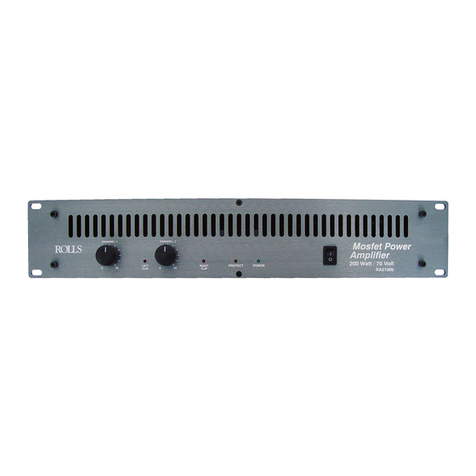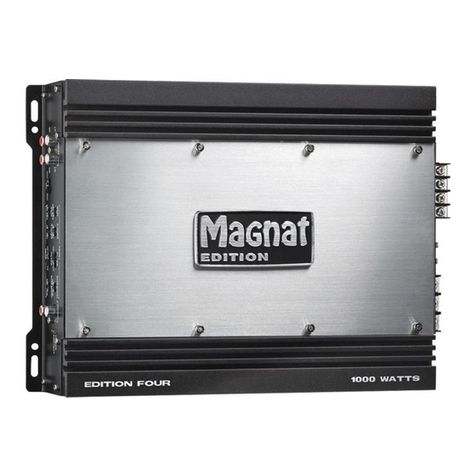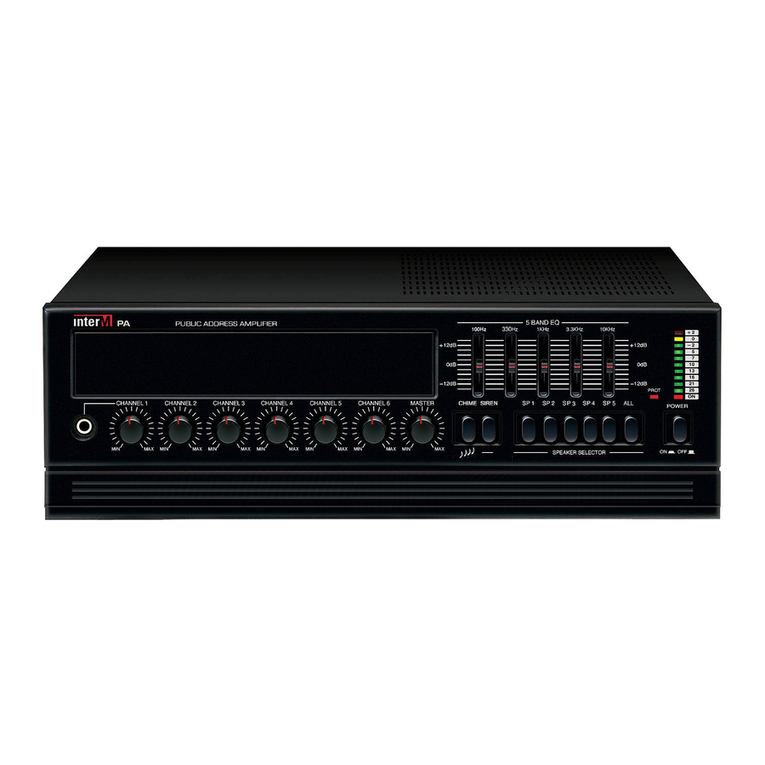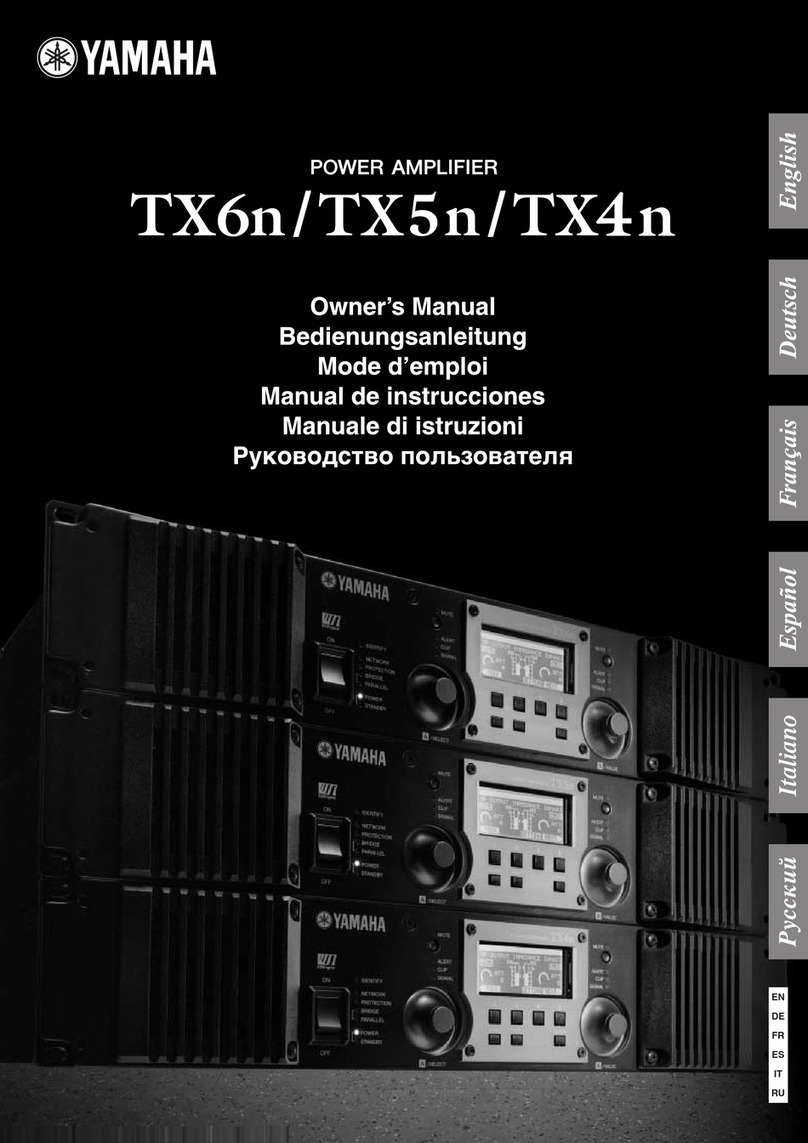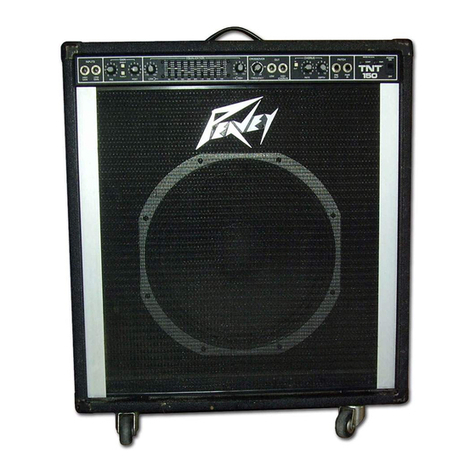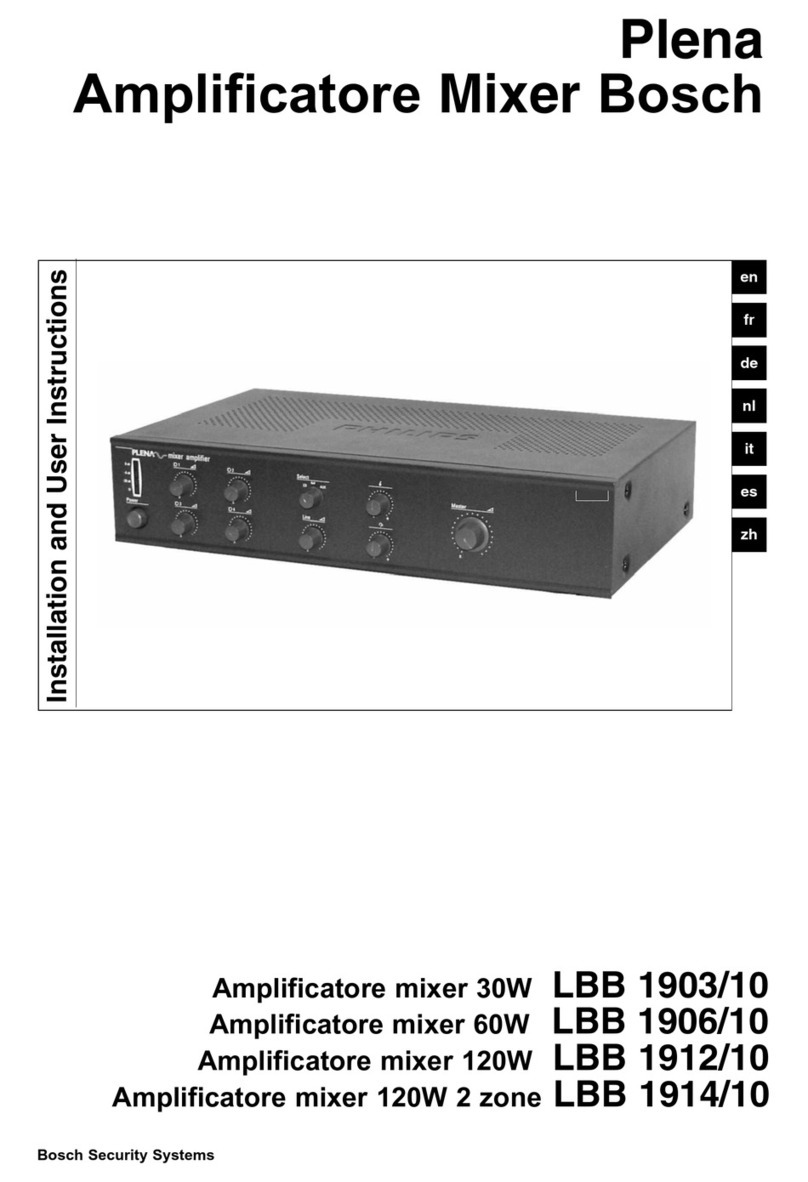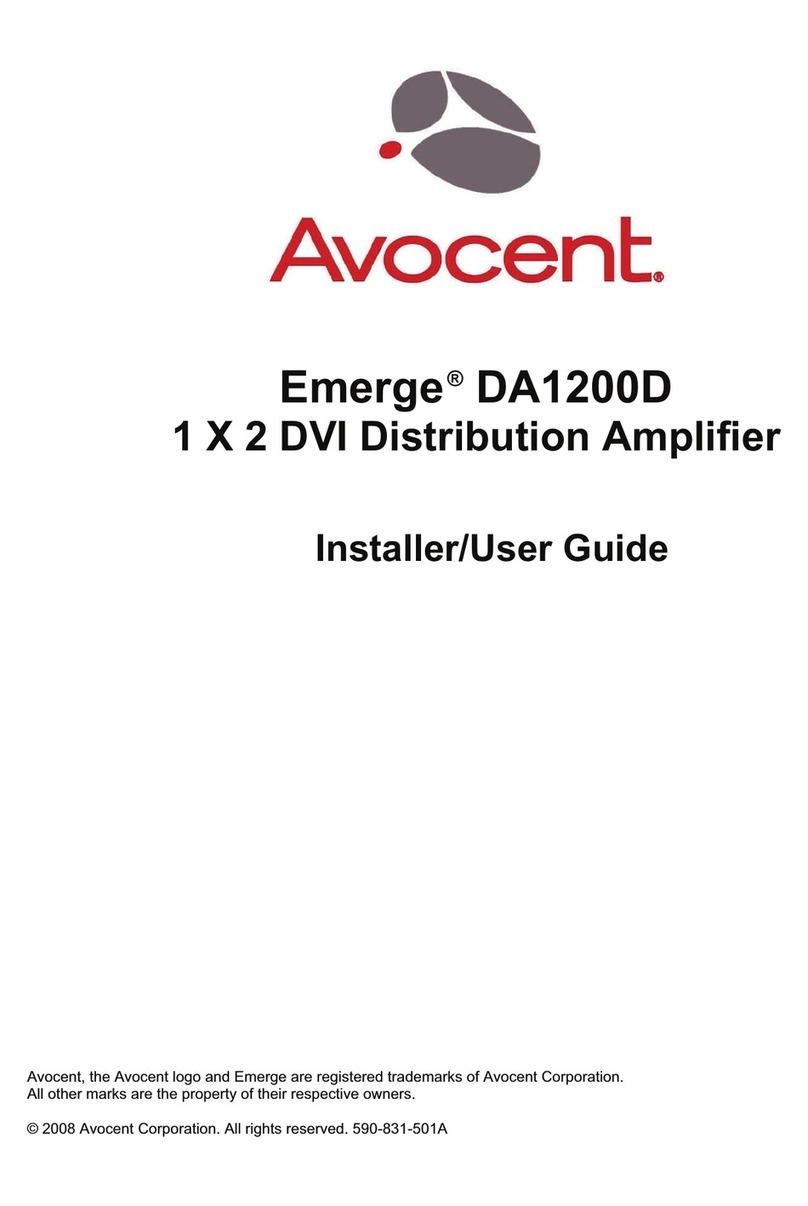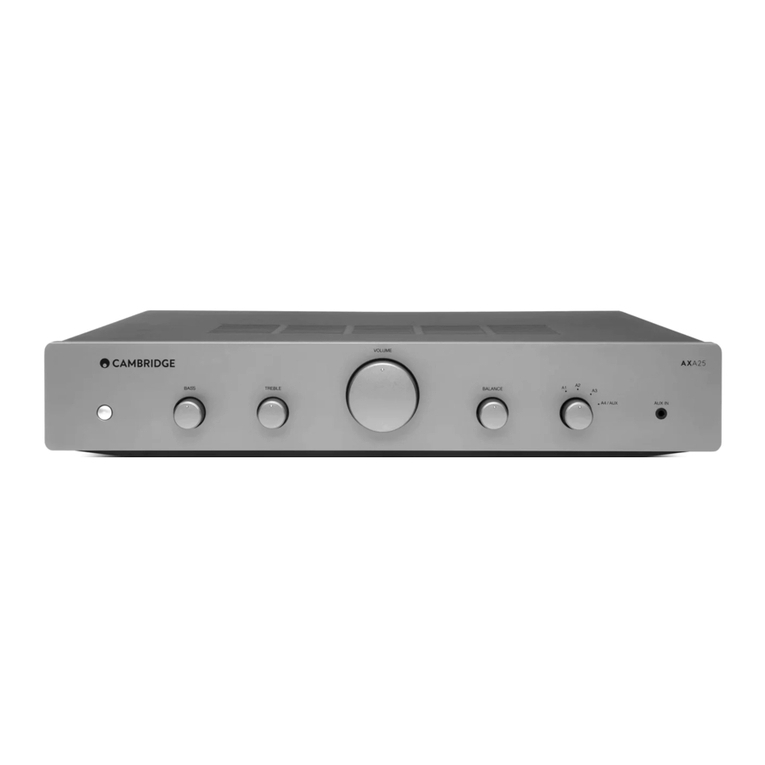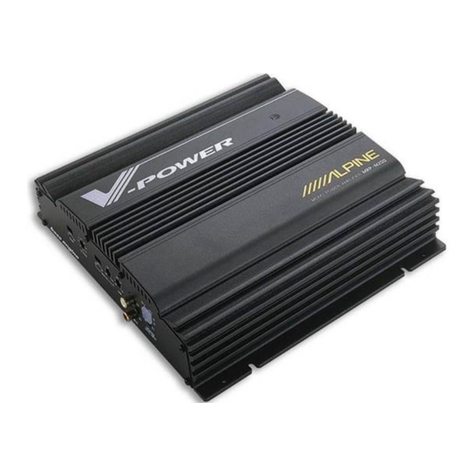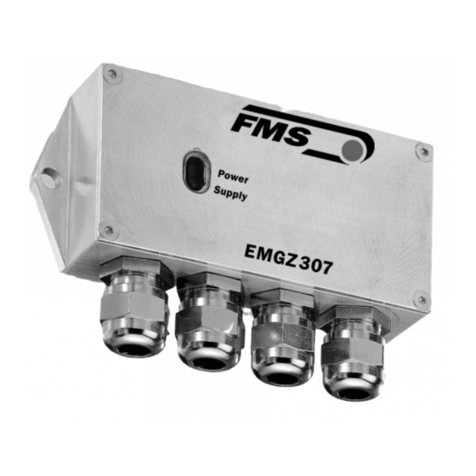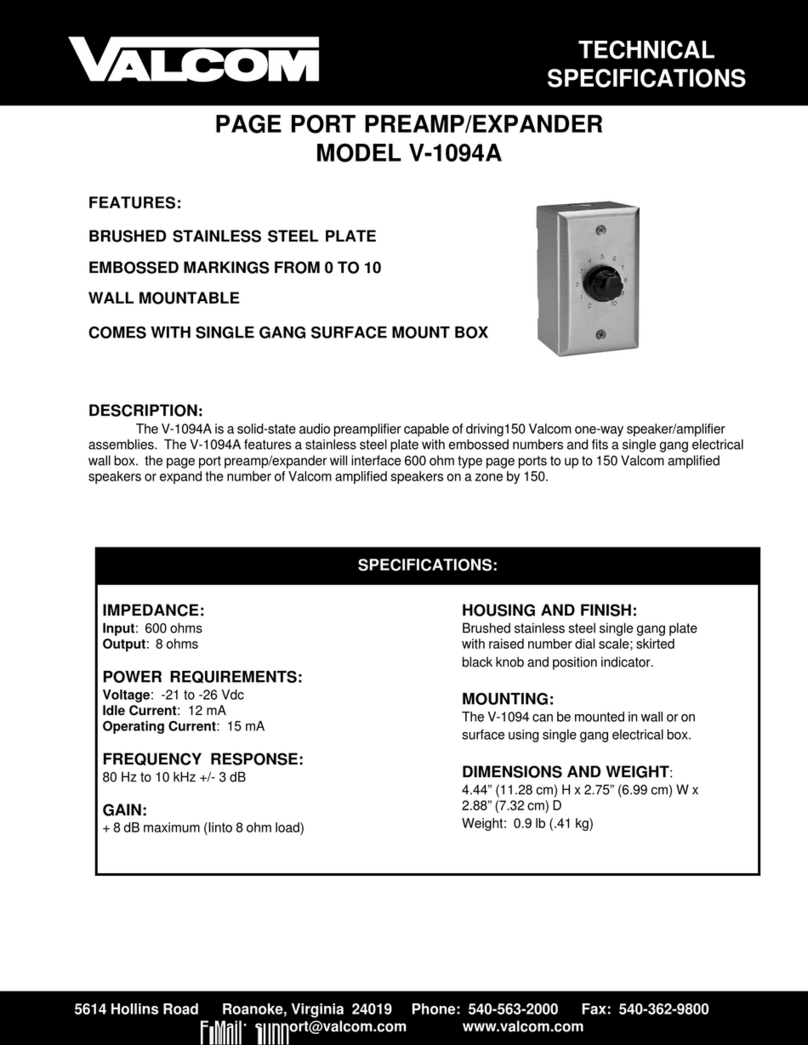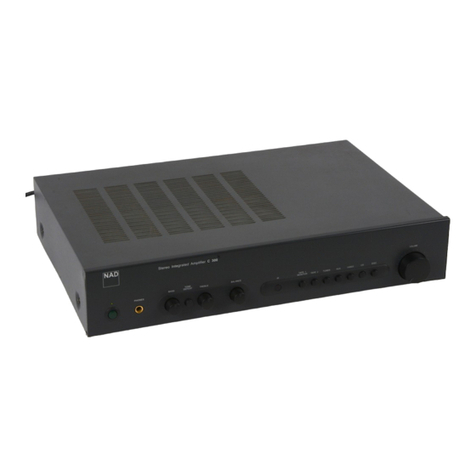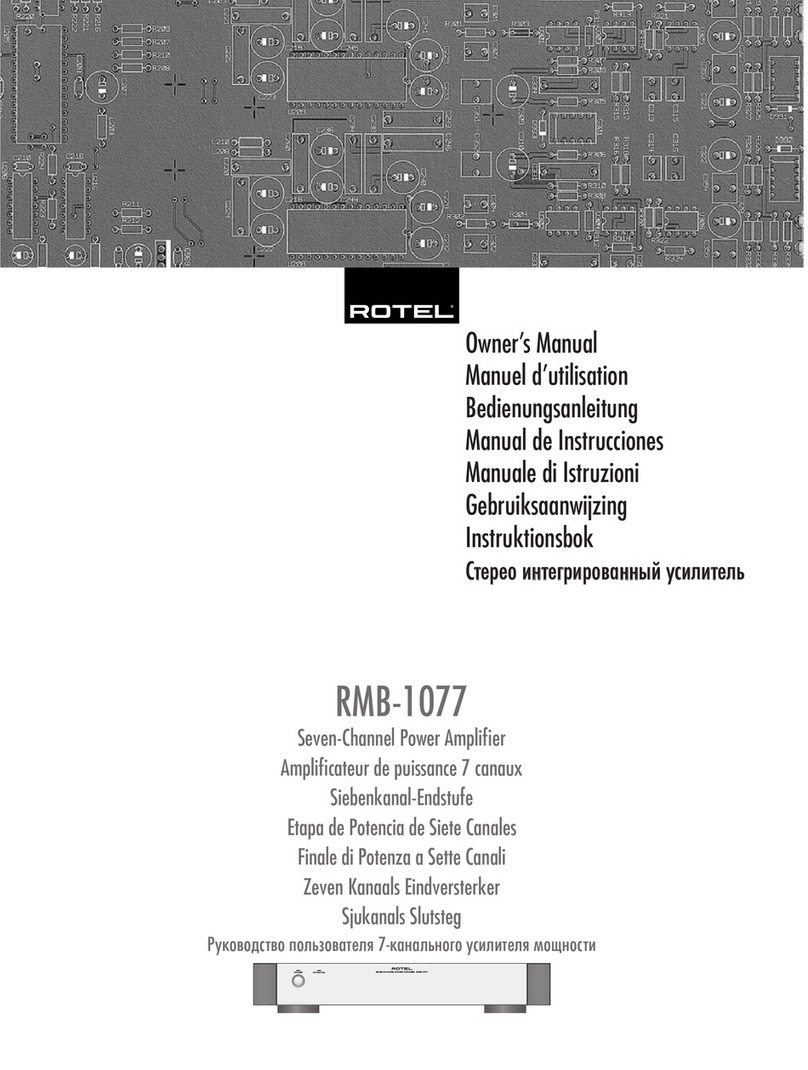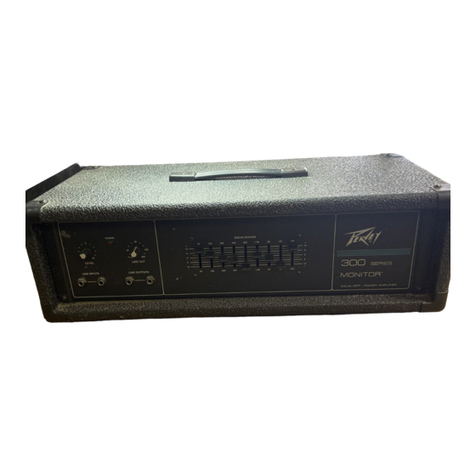
SCHEMATIC
WARRANTY
For information on the Rolls One Year Limited Warranty, and
to register this product, visit our website at www.rolls.com
PM52
HEADPHONE TAP
VOLUME
HEADPHONE
OUTPUTS
MONO
STEREO
POWER AMP LOOP
HEADPHONE
TAPPM52
PM52
Headphone Tap
-
Converts speaker level signals to
headphone level
- E
lliminates heavy wedge monitors
- Passive - no power required
The PM52 is the ideal device for anyone
wanting to use headphones rather than
a wedge or speaker monitor. Drummers,
instrumentalists, and sound professionals
alike have all benefited from the PM52.
PLEASE NOTE: THE PM52 REQUIRES A
MINIMUM OF A 10 WATT AMPLIFIER TO
FUNCTION PROPERLY.
Rolls Corporation
Salt Lake City, UT
9/95
INTRODUCTION
Thank you for your purchase of the PM52 Headphone Tap.
The PM52 is for connecting headphones to a speaker line.
The 1/4” Mono/stereo loop jacks are for cascading more
boxes in series. There are two headphone jacks and volume
control. The Headphone Tap uses the speaker line signal for
power, therefore requires no batteries or external power.
PLEASE NOTE: THE PM52 REQUIRES A MINIMUM OF A
10 WATT AMPLIFIER TO FUNCTION PROPERLY.
DESCRIPTION
MONO/STEREO Switch: Selects between a Mono or Stereo
input mode.
POWER AMP LOOP: Two paralleled 1/4” stereo TRS jacks,
one for receiving the input signal and the other for connect-
ing to a speaker or other input device.
VOLUME: Controls the level of the signal to the headphones.
HEADPHONES: Two 1/4” stereo TRS jacks for connection to
stereo headphones.
VOLUME
HEADPHONE
OUTPUTS
MONO
STEREO
POWER AMP LOOP
HEADPHONE
TAPPM52
WARNING
USING THIS SYSTEM AT EXCESSIVE VOLUMES CAN
CAUSE PERMANENT HEARING DAMAGE.
USE AS LOW A VOLUME AS POSSIBLE
In order to use this system safely, avoid prolonged listening at
excessive sound pressure levels. Please use the following guide-
lines established by the Occupational Safety Health Administra-
tion (OSHA) on maximum time exposure to sound pressure levels
before hearing damage occurs.
90 dB SPL at 8 hours
95 dB SPL at 4 hours
100 dB SPL at 2 hours
105 dB SPL at 1 hour
110 dB SPL at 1/2 hour
115 dB SPL at 15 minutes
120 dB SPL - avoid or damage may occur
SPECIFICATIONS
Input Impedance: 150 Ω
Size: 2.25" x 2.5" x 1.25"
(5.7 x 6.3 x 3.2 cm)
Weight: 1lb (.45 Kg)
��
���������
�����
���
���
������
���
�
���
����
����
��
���������
��
���������
����
�������
���������
���
���
����������������������������������������
��
��������������������
�����
��
��
�
������������������
�����������������
It is difficult to measure the exact Sound Pressure Levels (SPL) present at
the eardrum in live applications. In addition to the volume setting on this
Personal Monitor unit, the SPL in the ear is affected by ambient sound
from floor wedges or other devices. The isolation provided by the fit of
quality earphones is also an important factor in determining the SPL in the
ear.
Follow these guidelines in the use of this product to protect your ears from
damage:
1. Turn up the volume only to the point where hearing is comfortable.
2. Ringing in the ears may indicate that the levels are too high. Lower the
volume level.
3. Have your ears checked by an audiologist on a regular basis. If you ex-
perience wax buildup in your ears, stop using the system until an audiolo-
gist has examined your ears.
4. Wipe the earphones with an antiseptic before and after use to avoid
infections. Stop using the earphones if they are causing great discomfort or
infection.
